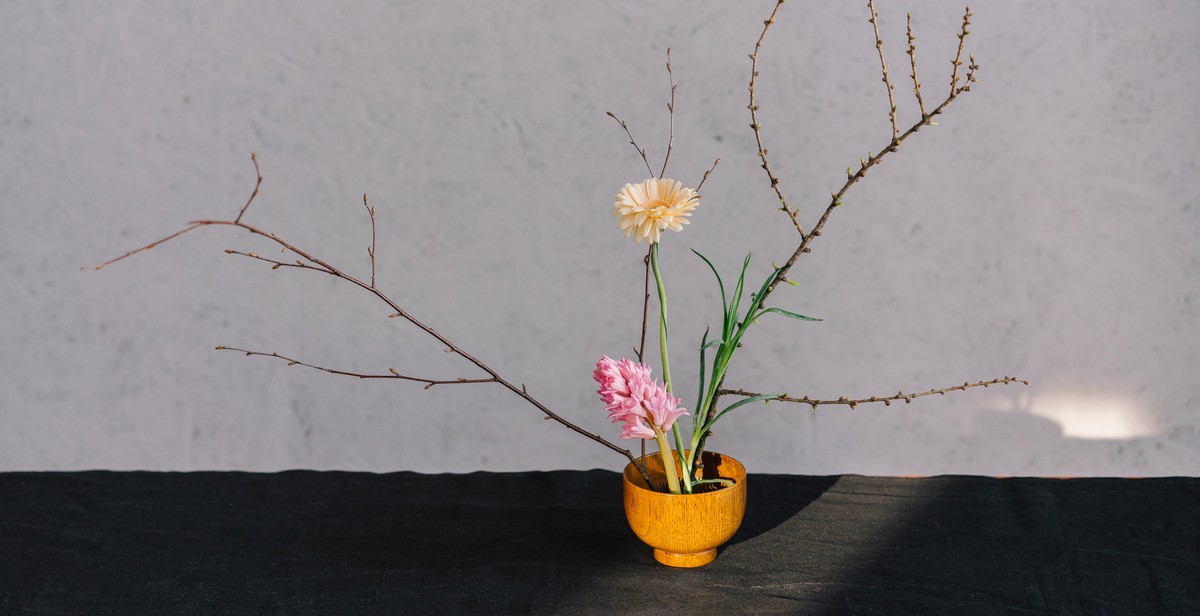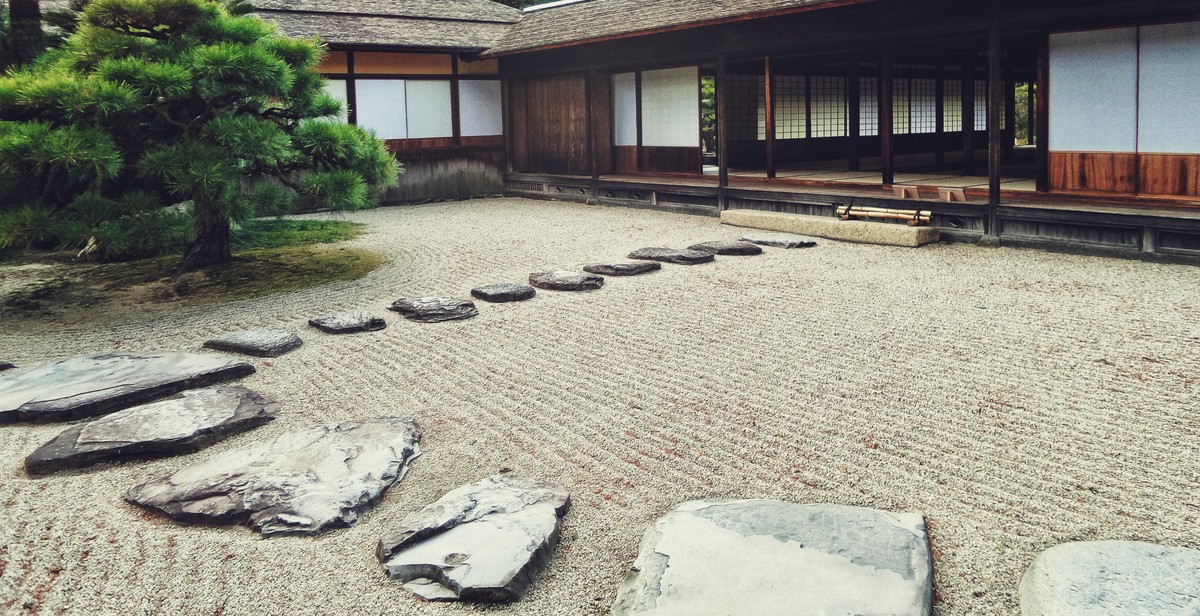Introduction: How to Create a DIY Zen Garden for Stress Relief
Life can be stressful, and sometimes we need a break from the chaos of our daily routines. One way to find peace and relaxation is by creating a Zen garden. A Zen garden, also known as a Japanese rock garden or karesansui, is a minimalist garden that uses rocks, sand, and gravel to represent natural elements such as mountains, rivers, and oceans.
Creating a Zen garden can be a simple and inexpensive DIY project that can provide a peaceful escape in your own backyard or even indoors. The process of creating a Zen garden can also be a meditative experience that helps reduce stress and anxiety.
What is a Zen Garden?
A Zen garden typically consists of a small area filled with sand or gravel, carefully raked to create patterns that represent water ripples or waves. Rocks and stones are placed strategically to represent mountains or islands. The overall design is meant to evoke a sense of calmness and tranquility.
While Zen gardens are traditionally found in Japanese temples, they have become popular in homes and offices around the world as a way to promote relaxation and mindfulness. Whether you have a large outdoor space or just a small corner of your apartment, creating a Zen garden can be a fun and rewarding project that can help you find inner peace.

Benefits of a Zen Garden for Stress Relief
A Zen garden, also known as a Japanese rock garden or karesansui, is a miniature landscape made of rocks, sand, and gravel. It is designed to promote feelings of calmness, relaxation, and mindfulness. Here are some of the benefits of having a Zen garden:
Reducing Stress and Anxiety
The act of raking the sand or arranging the rocks in a Zen garden can be a meditative practice that helps reduce stress and anxiety. The repetitive motion of raking the sand can be soothing and calming, allowing you to focus on the present moment and let go of any worries or distractions.
Additionally, the minimalist design of a Zen garden can help create a sense of order and simplicity in your surroundings, which can also contribute to feelings of calmness and relaxation.
Promoting Relaxation and Mindfulness
Looking at a Zen garden can be a peaceful and calming experience. The simple, natural elements of the garden can help you feel more connected to nature and promote a sense of relaxation and mindfulness.
By focusing on the present moment and the beauty of the garden, you can let go of stress and worries and feel more centered and grounded.
Improving Concentration and Focus
Creating and maintaining a Zen garden requires a certain level of concentration and focus. By engaging in this activity, you can improve your ability to concentrate and focus on tasks in other areas of your life as well.
Moreover, the act of raking the sand or arranging the rocks can be a form of active meditation that helps improve mental clarity and focus.
Overall, a Zen garden can be a valuable tool for promoting relaxation, reducing stress and anxiety, and improving concentration and focus.

Materials Needed for a DIY Zen Garden
Creating a DIY Zen garden requires specific materials to achieve the desired calming effect. Here are the materials needed for a DIY Zen garden:
Container
The container is the foundation of the Zen garden. It can be a shallow wooden box, a ceramic dish, or any other container that can hold sand and rocks. Choose a container that is large enough to accommodate your design but small enough to fit on a desk or tabletop.
Sand
Sand is the primary element of a Zen garden. It represents water and serves as the base for the rocks and other elements. Use fine-grain sand in natural colors like white, beige, or gray. You can also add colored sand to create a unique and personalized design.
Rocks
Rocks are the focal point of a Zen garden. They represent mountains and islands and are arranged in patterns or groups. Choose rocks in different sizes, shapes, and colors to create contrast and interest. You can also use polished stones or pebbles to add texture.
Miniature Rake
A miniature rake is used to create patterns in the sand and to smooth out the surface. It is an essential tool for a Zen garden and can be made of wood, metal, or bamboo. Choose a rake with a comfortable grip and a size that fits your container.
Optional: Plants or Figurines
Plants or figurines can be added to a Zen garden to enhance the ambiance and create a more natural or personalized look. Choose small plants like succulents or bonsai trees that can thrive in a dry environment. Figurines can be of animals, Buddha statues, or any other object that represents tranquility and peace.
With these materials, you can create a DIY Zen garden that will help you reduce stress and anxiety and promote relaxation and mindfulness.

Step-by-Step Guide to Creating a DIY Zen Garden
Creating a DIY Zen garden is a fun and easy way to relieve stress and promote relaxation. Follow these simple steps to create your own Zen garden:
1. Choose a Container
The first step in creating a Zen garden is to choose a container. You can use any container that is wide and shallow, such as a wooden box, a ceramic dish, or a metal tray. The container should be large enough to hold sand and rocks.
2. Fill the Container with Sand
The next step is to fill the container with sand. You can use any type of sand, but fine-grain sand works best. Fill the container with enough sand to cover the bottom, but not too much that it overflows when you add the rocks.
3. Add Rocks to the Sand
Once you have added the sand, the next step is to add rocks to the garden. Choose rocks of different sizes and shapes to create interest and texture. Place the rocks on top of the sand in a way that pleases you.
4. Place Plants or Figurines (Optional)
If you want to add some greenery or a personal touch to your Zen garden, you can place small plants or figurines on top of the rocks. Choose plants that are small and easy to maintain, such as succulents or bonsai trees. Figurines can be anything that inspires you, such as Buddha statues or mini pagodas.
5. Use the Miniature Rake to Create Patterns in the Sand
The final step is to use the miniature rake to create patterns in the sand. Start by raking the sand in straight lines, then experiment with different patterns such as circles or waves. The act of raking the sand can be meditative and calming, helping to reduce stress and promote relaxation.
Conclusion
Creating a DIY Zen garden is a simple and enjoyable way to reduce stress and promote relaxation. By following these easy steps, you can create a beautiful and peaceful garden that will help you unwind and find inner peace.

Tips for Maintaining Your Zen Garden
A Zen garden is a great way to reduce stress and anxiety. However, to keep your garden in a state of tranquility, you need to maintain it regularly. Below are some tips to help you maintain your Zen garden:
Keep the Sand Clean
The sand in your Zen garden is the foundation of the entire design. Therefore, it is important to keep it clean. Use a small rake or brush to remove any debris or footprints that may have been left behind. You can also use a small vacuum or a dustpan and brush to remove any larger debris. Keeping the sand clean will help to maintain the overall look and feel of your garden.
Change the Sand Regularly
Over time, the sand in your Zen garden will become dirty and discolored. To keep your garden looking fresh and new, it is important to change the sand regularly. How often you change the sand will depend on how often you use the garden and the weather conditions in your area. As a general rule, it is recommended that you change the sand every six months to a year.
Add or Rearrange Rocks and Plants
Adding or rearranging rocks and plants in your Zen garden can help to keep it looking fresh and new. You can add new rocks or plants to create a different look or rearrange the existing ones to create a new design. Just be sure to keep the overall balance and harmony of the garden in mind when making any changes.
| Tip | Description |
|---|---|
| Keep the sand clean | Use a small rake or brush to remove any debris or footprints that may have been left behind. |
| Change the sand regularly | It is recommended that you change the sand every six months to a year. |
| Add or rearrange rocks and plants | Adding or rearranging rocks and plants in your Zen garden can help to keep it looking fresh and new. |

Conclusion
Creating a DIY Zen garden is an excellent way to relieve stress and promote relaxation. By following the steps outlined in this article, you can create a beautiful and calming space in your home or office that will help you feel more centered and focused.
Remember to choose a location that is quiet and peaceful, and to select plants and decorations that promote a sense of tranquility. Use sand or gravel to create patterns and designs that will help you feel more relaxed.
Whether you are looking to reduce stress, improve your mental health, or simply create a beautiful and calming space in your home or office, a DIY Zen garden is a great choice. By incorporating elements of nature and mindfulness into your daily routine, you can improve your overall well-being and feel more centered and focused.
So why not give it a try? With a little bit of creativity and some basic materials, you can create a beautiful and calming Zen garden that will help you feel more relaxed, focused, and centered.
Additional Tips
- Experiment with different patterns and designs in the sand or gravel to find what works best for you.
- Consider adding a small water feature, such as a fountain or pond, for added tranquility.
- Try practicing mindfulness meditation in your Zen garden to further enhance its stress-relieving benefits.
- Keep your Zen garden well-maintained and free of clutter to ensure that it remains a calming and peaceful space.
